Although traditional internet of things (IoT) projects can be quite costly and time-consuming, NodeMCU (Node Microcontroller Unit) simplifies and streamlines the process of getting started. NodeMCU is a low-cost, open-source IoT platform. More specifically, it’s firmware that can be flashed onto the Esp12, Esp8266, and Esp32 modules from Espressif Systems. Most NodeMCU projects require these specific Esp boards to be used.
The NodeMCU platform is a popular choice for creating IoT projects because of its low cost (Esp modules generally cost less than $5) and the simplicity of its hardware and network interfaces when programming it in Lua.
It’s also pretty handy as it can be used with Arduino IDE, allowing for its application in a wide variety of projects.
In this article, we’ll go over our top picks of NodeMCU projects, from a smart scale and a coffee maker to an Instagram speedometer and a hexapod robot. But first, let’s take a look at how we narrowed down our choices.
Considerations

There are plenty of aspects that can be considered when choosing NodeMCU projects. These are the criteria we used to make our choices:
- Interconnected: Each of these projects contains multiple components that interface with the NodeMCU board. They interact with their environment in a useful and meaningful way and can provide users with new skills or strengthen what they already know.
- Varying complexity: The different options represent different levels of complexity, catering to users who may be beginners, intermediate, or advanced.
- Well documented: All these projects have the bill of materials (BOM), extensive instructions, schematics, code, and CAD files needed to recreate them.
- Affordable: Each of these projects balances complexity and cost, and all have easy-to-purchase parts. Furthermore, the software used in each of these projects is completely free.
Now that we’ve covered how we made the list, let’s check out the projects.
Weather Station
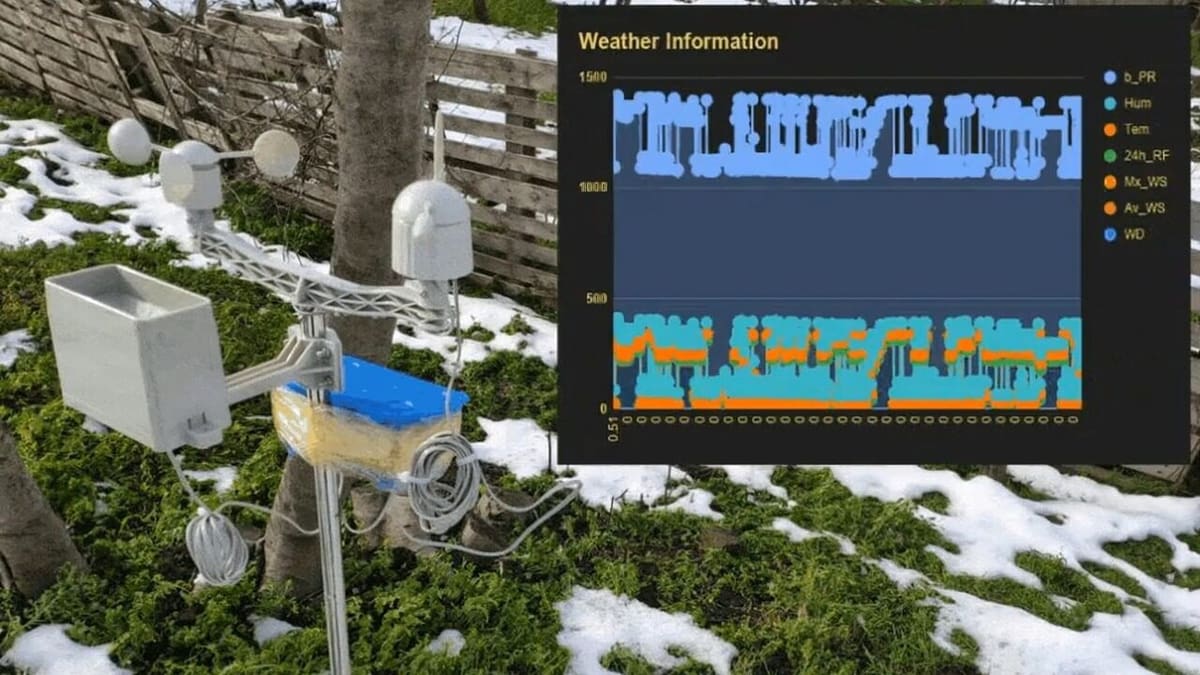
This project doesn’t just tell you today’s weather, it’ll also tell you tomorrow’s! After researching deep neural networks (DNN), the creator built an artificial neural network (ANN) that allows this project to forecast local weather with amazing accuracy.
By using a NodeMCU coupled with a GPS/GSM shield, it can communicate the weather even in remote areas and automatically upload the data to Google Sheets for easy viewing. Finally, it also has a nifty web interface!
- Difficulty level: Advanced
- Designer: Kutluhan Aktar
- Core components: NodeMCU Esp8266, Raspberry Pi 3B+ or Raspberry Pi 4, Arduino Uno, DFRobot weather station kit
- Where to find it: Hackster, YouTube
Athlete Training System
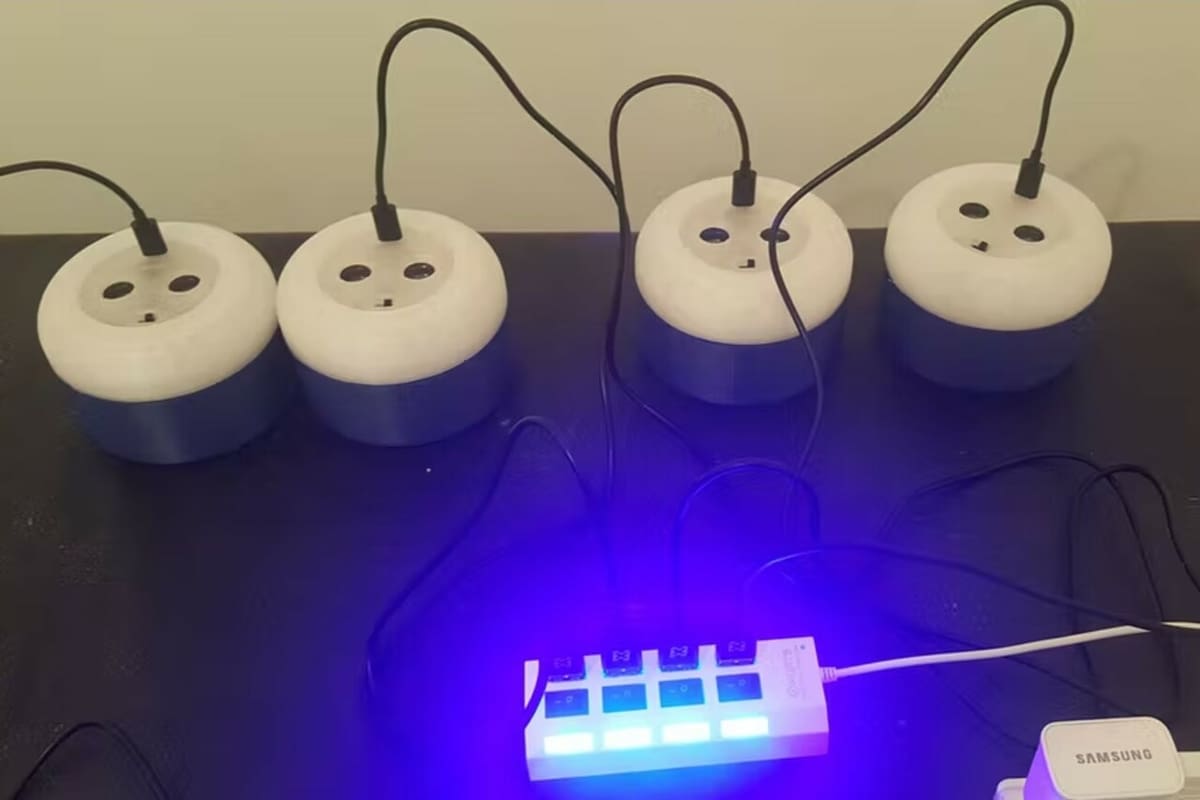
Even if you’re not an athlete, this project’s innovative use of NodeMCU web servers and ultrasonic distance sensors make it a great option to expand your capabilities. This training system also features neat 3D printed enclosures, making the whole thing much more polished.
Each “TrainerLight” incorporates a lithium-ion battery, a NodeMCU board, and an ultrasonic sensor, along with LEDs and some other components, and is designed to test an athlete’s speed and reaction time.
- Difficulty level: Intermediate
- Designer: Ricardo Lerch
- Core components: NodeMCU Esp8266, 4x ultrasonic sensors, Li-Ion battery 1000mAh, blue/red LEDs
- Where to find it: Hackster
Instagram Speedometer

The Instagram speedometer demonstrates an interesting use for NodeMCU’s Wi-Fi capabilities: displaying your Instagram Likes! By parsing JavaScript Object Notation (JSON) files from Instagram itself, you can access Likes and much more.
This project uses a NodeMCU Esp8266 module for accessing the data, along with an Arduino Nano with a metal gear servo for turning the dial.
- Difficulty level: Beginner
- Designer: ElectroPeak
- Core components: NodeMCU Esp8266, Arduino Nano, FTDI programming board, metal gear servo
- Where to find it: Electropeak.com, Arduino
Wi-Fi Smart Scale
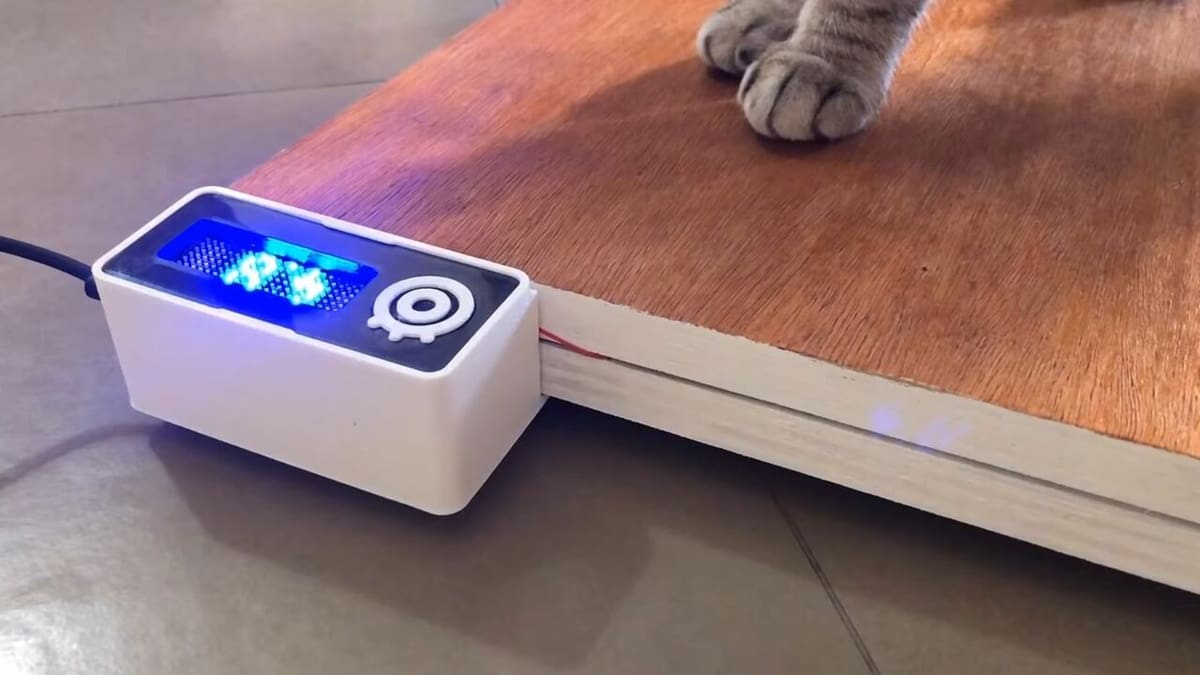
Instead of handing your personal information to a third-party smart scale, you can build your own! This smart bathroom scale uses IFTTT (If This, Then That) and Adafruit IO, which are both free and secure services that securely keep your data from IoT devices.
This smart scale incorporates 3D printed parts and a wooden frame for a professional look. It uses a NodeMCU Esp8266 board, LED matrix boards, and load cells to measure your weight.
- Difficulty level: Advanced
- Designer: IgorF2
- Core components: NodeMCU Esp8266, 24×8 LED matrix, weighing sensor module, 4x load cell
- Where to find it: Instructables, Thingiverse, YouTube, Hackaday
Hexapod Robot
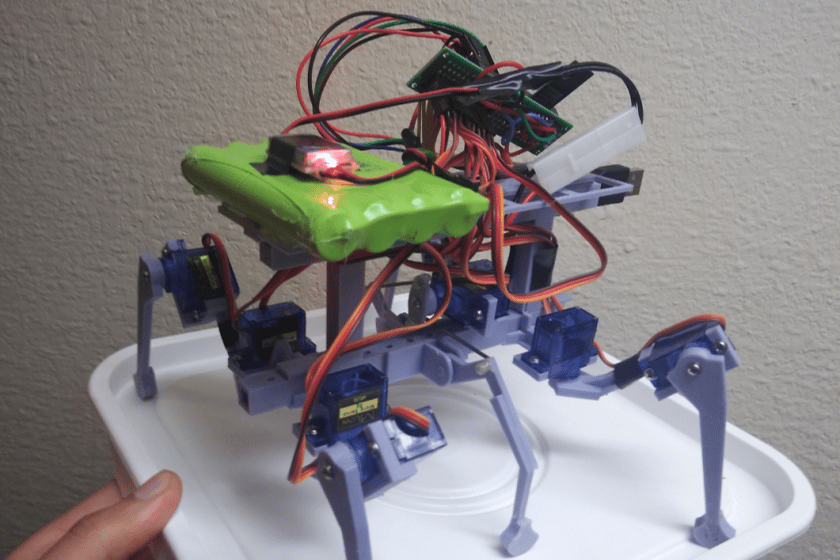
This simplified hexapod robot is a great way to get started building legged robots. It uses nine servo motors coupled with an Arduino to control its six legs. A NodeMCU Esp8266 board runs a websocket to connect with a smartphone and control the robot remotely.
All the parts on this robot are 3D printed, so it’s quite easy to build as well. You’ll also need a powerful battery pack along with some linear regulators to power the electronics on the robot.
- Difficulty level: Intermediate
- Designer: Jacob David C Cunningham
- Core components: NodeMCU Esp8266, Arduino Nano, 9x 9g servos, linear regulator, battery pack
- Where to find it: Hackaday, YouTube, GitHub
Signal Strength Checker
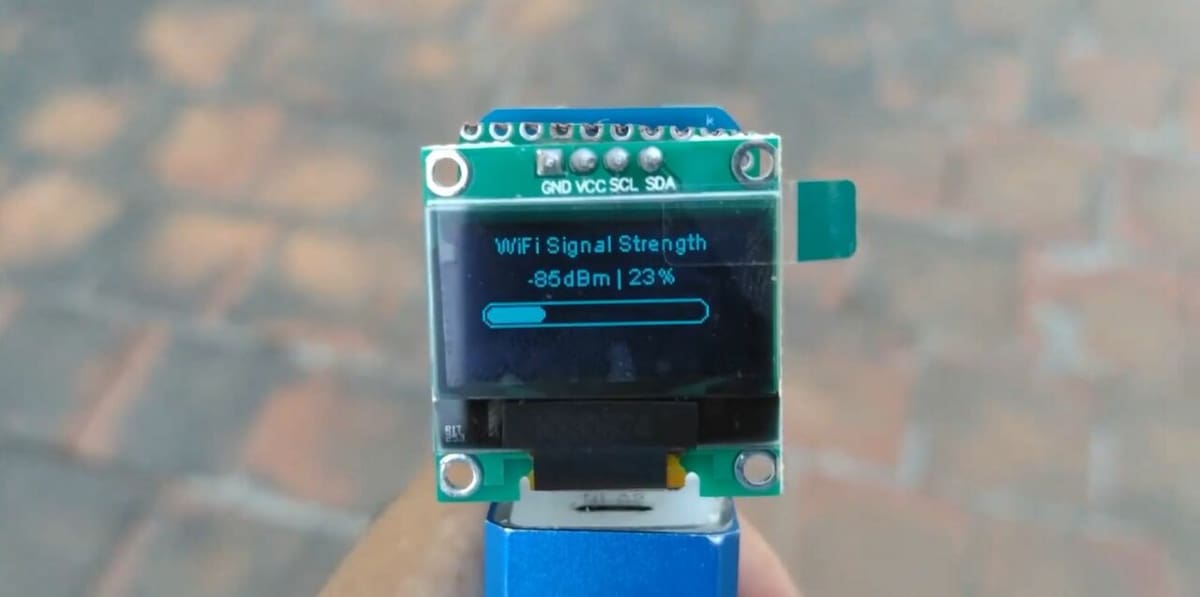
A useful gadget to keep in your toolbox, this signal strength checker measures the strength of your Wi-Fi signal in decibels and as a percentage. Then, it displays these results on an OLED display.
A NodeMCU Esp8266 handles the Wi-Fi sensing, and is connected to the OLED display via I2C (Inter-Integrated Circuit). Instead of moving your laptop or tablet around trying to find the best room for that Zoom meeting or for streaming the latest Marvel show or movie, do your research with this checker and avoid the hassle.
- Difficulty level: Beginner
- Designer: shivasiddharth
- Core components: NodeMCU Esp8266, OLED display, USB adapter, power bank
- Where to find it: GitHub
Graphic Equalizer Display
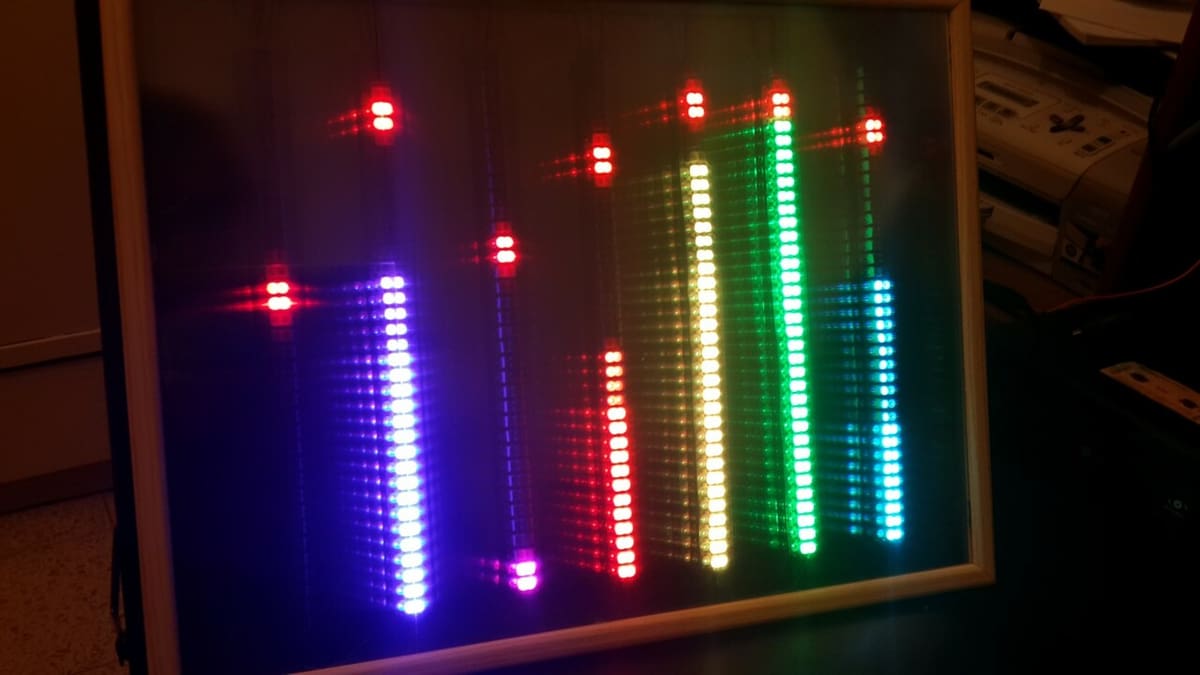
Although you may have seen a graphic equalizer made solely with electronics, this graphic equalizer uses NodeMCU to provide a web interface for controlling it! It uses NeoPixel WS2812 LED strips for the lighting and a websocket for the web interface.
The creator has implemented versions with NodeMCU and Arduino firmware, so if you’re already familiar with how Arduino works, this is a good way of getting started with NodeMCU and Lua!
- Difficulty level: Intermediate
- Designer: amiravni
- Core components: NodeMCU Esp8266, Arduino Uno, WS2182 LED strip, audio connector, potentiometer
- Where to find it: Hackaday, What I Made Today, YouTube
Wi-Fi Coffee Maker
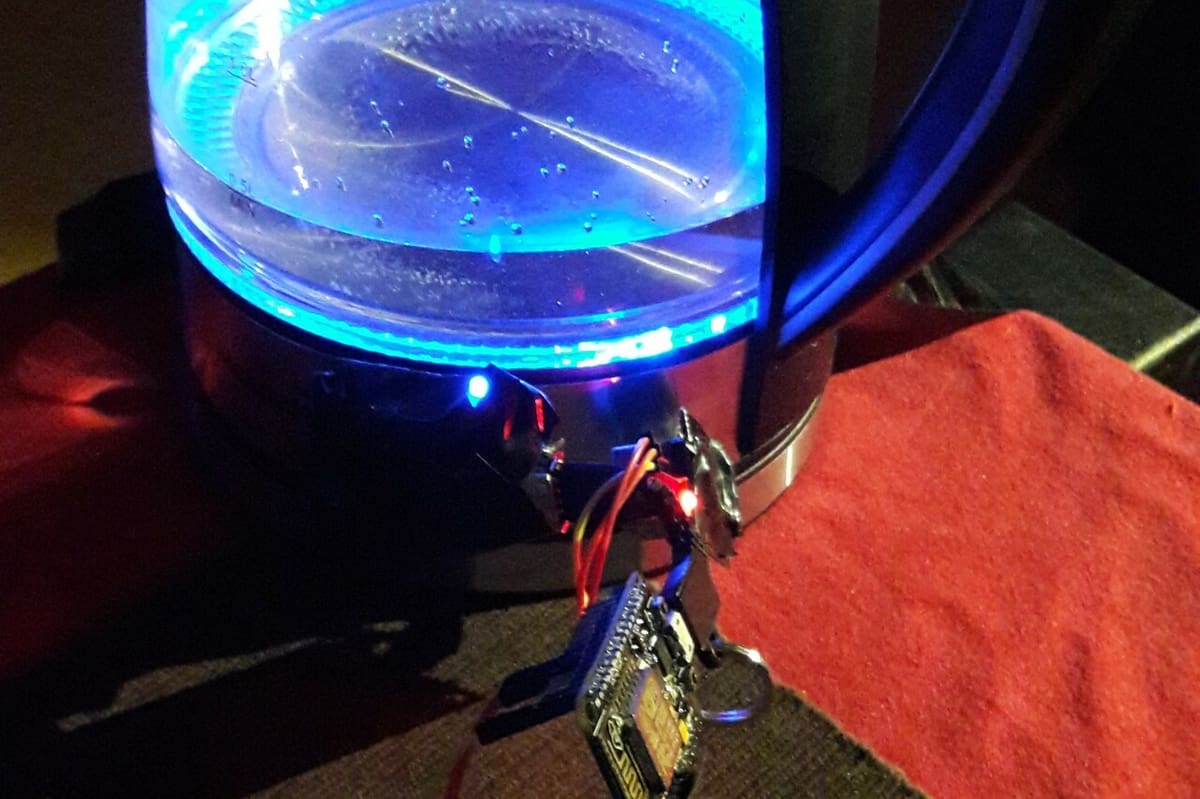
This project converts a standard coffee maker into a web-controlled one! At its core lie a NodeMCU board and a relay. The relay is connected to the power output of the coffee maker, so when it’s energized, the coffee maker turns on.
Interestingly enough, this project can be extended to any device, not just a coffee maker, by changing what is controlled by the NodeMCU board and relay. For example, you could modify it to be a web-controlled light or fan.
- Difficulty level: Beginner
- Designer: aCo / a.Cincarevic
- Core components: NodeMCU Esp8266, kettle, 5-V charger
- Where to find it: Hackaday, GitHub
Smart Football
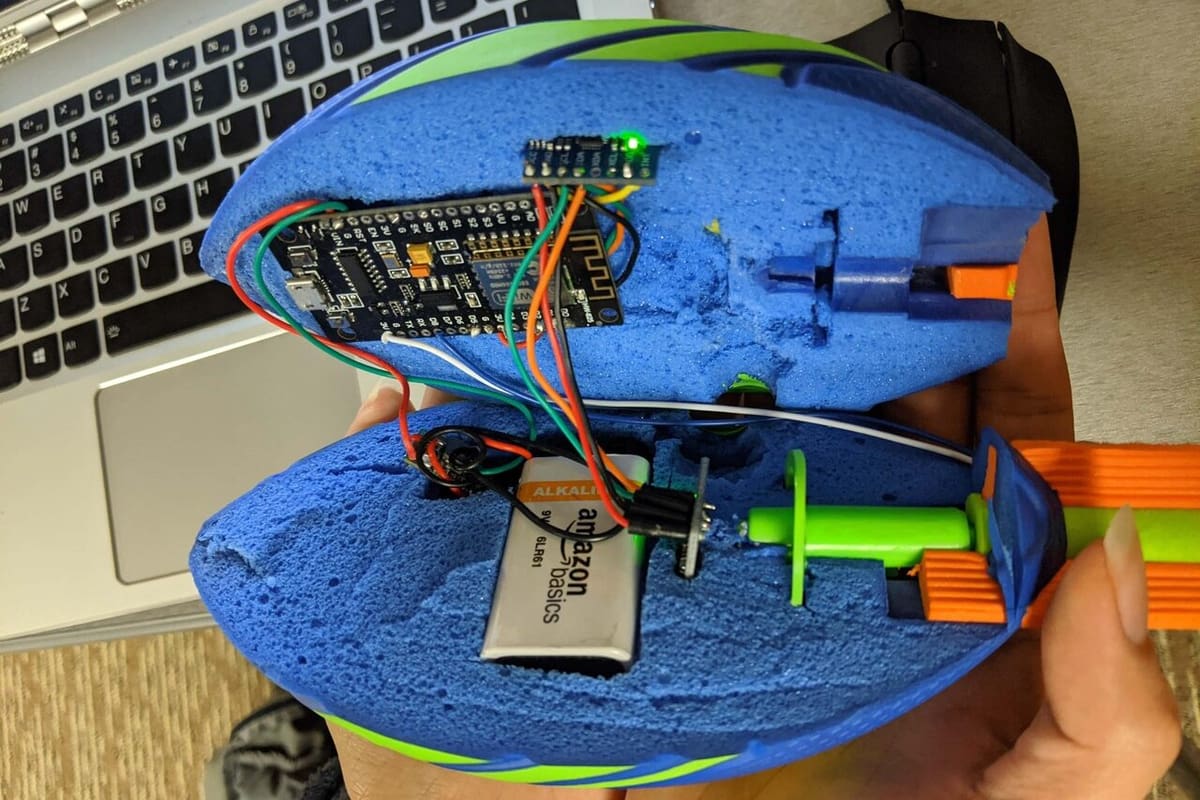
A foam item that tracks your throws, this smart Nerf football is an ingenious application of NodeMCU. It creates a Wi-Fi hotspot and serves a static webpage showing the data the football collects.
This project uses a NodeMCU Esp8266 board along with two MPU6050 accelerometer boards to measure acceleration and angular velocity. Finally, you’ll need a Nerf football to put all of these components inside!
- Difficulty level: Intermediate
- Designer: Timothy Kanarsky
- Core components: NodeMCU Esp8266, MPU6050 accelerometers, Nerf football, 9-V battery, piezo beeper, buck converter
- Where to find it: Hackaday
Google Clock
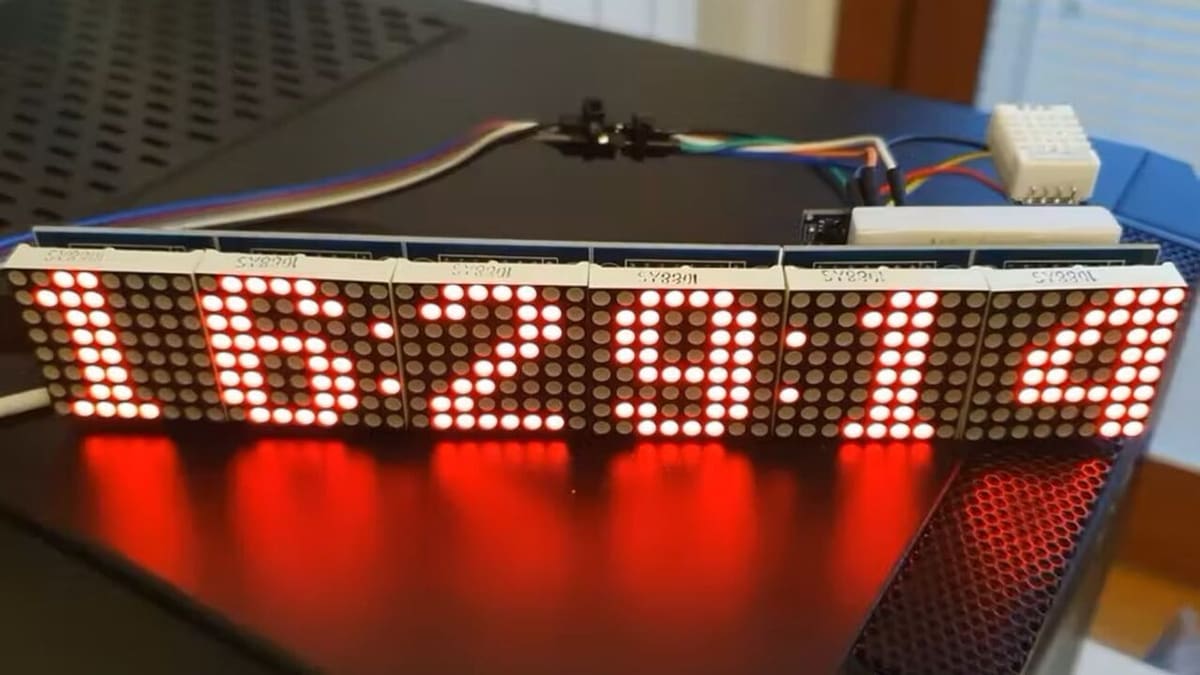
A neat time-keeping device, this Google clock uses a NodeMCU Esp8266 board to sync its time with the internet. It also incorporates a temperature and humidity sensor.
To build the Google clock, you’ll need a NodeMCU Esp8266 board, some LED matrix boards, and a DHT22 temperature sensor.
License: The text of "NodeMCU Project: 10 Great Ideas" by All3DP is licensed under a Creative Commons Attribution 4.0 International License.
CERTAIN CONTENT THAT APPEARS ON THIS SITE COMES FROM AMAZON. THIS CONTENT IS PROVIDED ‘AS IS’ AND IS SUBJECT TO CHANGE OR REMOVAL AT ANY TIME.


